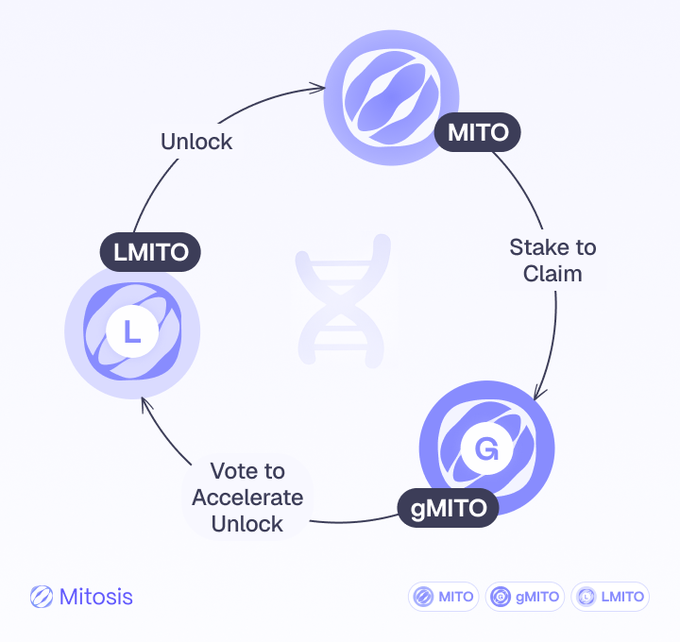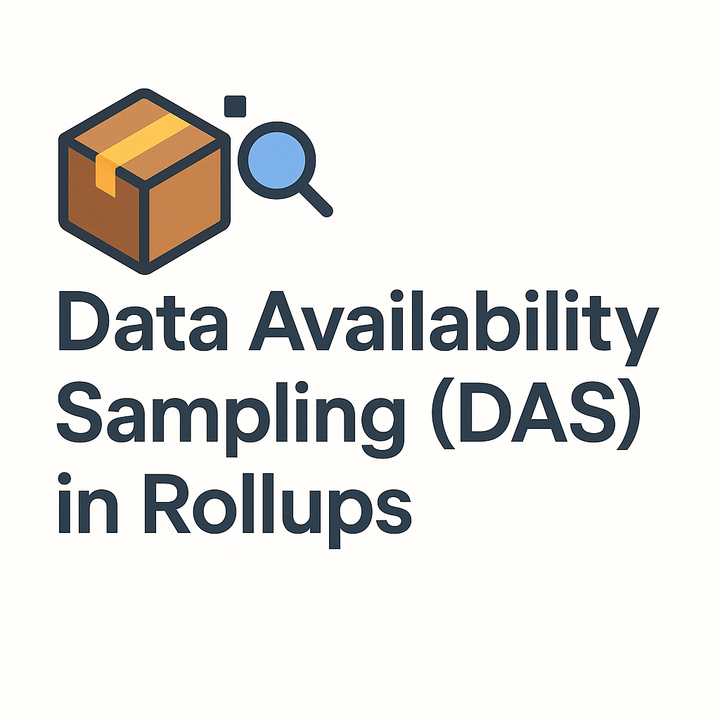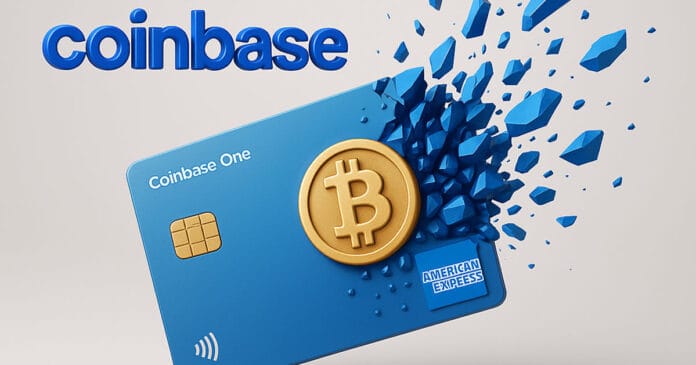The Mitosis DNA Program:A New Way to Win in DeFi

Overview
The Mitosis DNA Program is a new project from the Mitosis blockchain platform that aims to solve the problem of conflicting interests in blockchain systems. Its goal is to create a system where all participants—users, validators, developers, and liquidity providers—can benefit from each other’s success. This approach seeks to promote long-term stability within the blockchain community.
The Problem with Chain Incentives
Many blockchain projects begin with strong potential but often find it hard to continue due to differing interests. Users usually want quick rewards, validators focus on security without considering the needs of applications, developers often work alone, and liquidity providers have little say in how resources are used. This can create challenges in the ecosystem, as traditional models struggle to adapt to changing conditions.
The Mitosis DNA Program Solution
The DNA Program introduces a three-token system to bring interests together:
- MITO: A utility token for transactions, staking, and DeFi activities.
- gMITO: A governance token earned by staking MITO, used for voting, and non-transferable to prevent attacks like vote buying.
- LMITO: A reward token that unlocks over time, with faster unlocking for active governance participation, encouraging long-term commitment.

Rewards are distributed to vaults and dApps through two pools:
- Vault Reward Pool: gMITO holders vote on how to distribute rewards, creating a beneficial cycle. Successful vaults attract more liquidity and rewards, which helps the entire ecosystem grow.
- dApp Reward Pool: This pool combines automatic rewards based on MITO usage (Max Pool) with rewards decided by votes from the community (Vote Pool) to encourage innovation and support new projects.
Benefits for Stakeholders
- Users: Users can earn rewards and voting power, and their impact will grow over time. As they become more active on the platform, their rewards will also increase.
- Validators: Validators help take care of the ecosystem. They earn gMITO and can affect how rewards are distributed, which supports the growth of the network.
- Developers: Developers receive steady funding based on their use of MITO and community support. This helps them avoid the highs and lows of funding.
- Vault Projects: Vault projects receive special rewards to improve liquidity and create partnerships. They also have customized governance settings to meet their specific needs.
A Fair System That Grows Smartly
The core of the DNA Program is its voting system using gMITO. It is designed to avoid common issues in governance:
- Long-term users earn more voting power, rewarding their dedication to the platform.
- Each person gets one vote for every gMITO they hold, ensuring everyone is treated equally.
- You can’t trade gMITO, so no one can buy votes or cheat.
gMITO holders decide on fees, where money goes, and vault rules, giving the community real control. The program is launched in two phases:
- Phase 1: Foundation First sets up the Mitosis Chain, allowing early users to earn gMITO while the team guides the process.
- Phase 2: Community Control allows gMITO holders to take control, giving them the choice to vote or change their tokens.
This careful start keeps things steady while shifting to full community control.
What’s Next for DeFi
The DNA Program offers a new way to reward people in blockchain, focusing on long-term success instead of quick wins. By connecting everyone’s success, it makes sure no one is left out. Its flexible voting system could be a good example for other projects. However, there may be challenges, such as how well the community accepts it and deals with new issues. Still, it could inspire other blockchains to adopt this teamwork approach, making DeFi better for everyone.
Conclusion
The Mitosis DNA Program offers a smarter way to approach DeFi by using a three-token system, fair rewards, and strong voting to help everyone succeed. It represents a step toward a better future for blockchain, but community involvement will be crucial for its success. If you want to learn more, visit the Mitosis website or join their Discord.
Key Citations



Comments ()